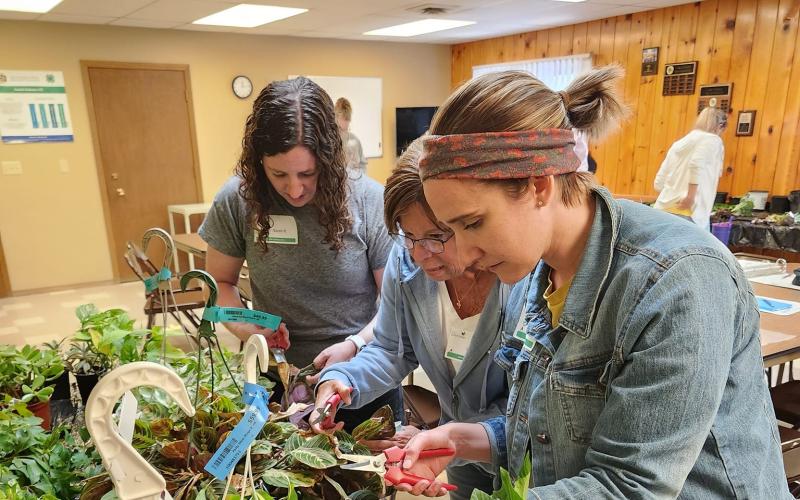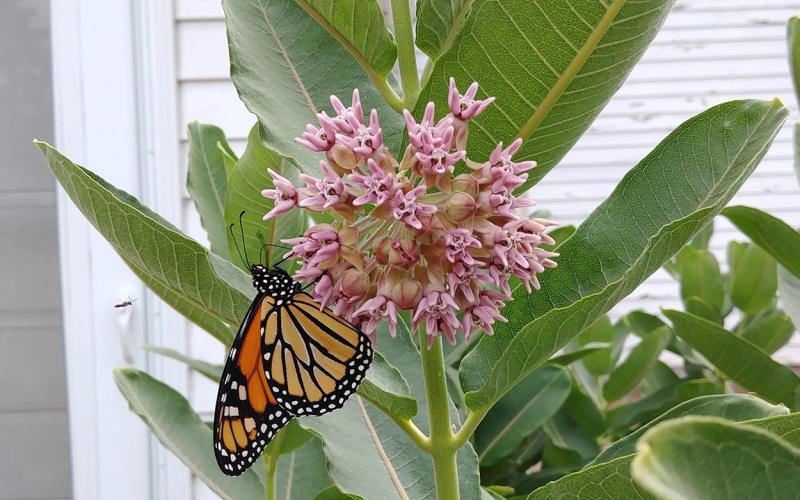Garden soil
All Garden soil Content

Southeast Research Farm Seminars @ Dakota Farm Show
Join SDSU Extension for a series of educational presentations during the Dakota Farm Show from January 6-7, 2026, at the USD DakotaDome (1101 N Dakota St, Vermillion, SD 57069).

Gardening Workshop @ Winner
SDSU Extension will host a gardening workshop on March 17 from 6:00-7:00 p.m. at the SDSU Extension Winner Regional Center (325 S. Monroe St., Ste. 125, Winner, SD 57580).

Gardening Workshop @ Faith
SDSU Extension will host a gardening workshop on March 12 from 6:00-7:00 p.m. at The Church of Jesus Christ of Latter-day Saints (409 Dakota St, Faith, SD 57626).

Gardening Workshop @ Belle Fourche
SDSU Extension will host a gardening workshop on March 10 from 6:00-7:00 p.m. at the Belle Fourche Rec Center (1111 National St, Belle Fourche, SD 57717).

Gardening Workshop @ Hill City
SDSU Extension will host a gardening workshop on March 5 from 6:00-7:00 p.m. at the Hill City Public Library (341 Main St, Hill City, SD 57745).

Gardening Workshop @ Lemmon
SDSU Extension will host a gardening workshop on February 26 from 6:00-7:00 p.m. at the Lemmon Public Library (303 1st Ave W, Lemmon, SD 57638).

Gardening Workshop @ Kadoka
SDSU Extension will host a gardening workshop on February 19 from 6:00-7:00 p.m. at the Jackson County Library (910 Main St, Kadoka, SD 57543).

Gardening Workshop @ Phillip
SDSU Extension will host a gardening workshop on February 17 from 6:00-7:00 p.m. at the Haakon County Public Library (140 Howard Ave, Philip, SD 57567).

Investigate Pollinators
Lesson about the importance of pollinators and the plants they interact with.

Managing Phosphorus and Other Nutrients in Gardens
Fact sheet on managing phosphorus and other nutrients in gardens.